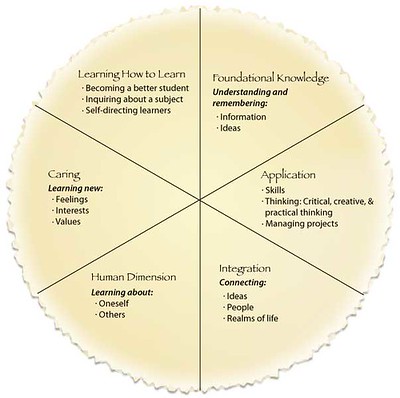by Chris Boettcher
Over the past few weeks we have been fielding lots of questions about privacy and intellectual property that come up in remote teaching. Sometimes I need to beg a delay to do some research, as the issues can be tricky, with overlapping policies and a lot of grey areas. So here are answers to three of those questions that I delayed answering.
(I do need to say at the outset that these answers don’t constitute legal advice, nor are they statements of policy. And I may misstate something that will be pointed out to me and that I will have to correct. Just my best judgments and a list of resources to consult.)
May I send students information about grades via VSC email? My best answer: Yes (between VSC addresses).
The principle here is student privacy which is regulated under the Family Educational Rights and Privacy Act or FERPA. Under FERPA, we have a legal obligation to protect private information about a student’s academic performance from anyone, from other students or any member of the general public (though this does not necessarily apply to CU educators who work with the student). For example, under FERPA, a student over 18 must sign a statement authorizing parents’ access to grade information; otherwise we are prohibited from discussing grades with parents. Aviso designates whether a student has this authorization on file . So, displaying or sending such sensitive information in unsecure ways is prohibited. More on FERPA here.
This specific question came up in the context of discussing email “ecosystems.” Right now, we use at least three separate email systems: our usual VSC email, Canvas email, and Aviso email. Communications within these systems is governed by the VSC policy on Secure Email Transmissions Procedure (find a list of similar data security policies here.). The policy says that email sent from one VSC address to another is considered secure. Though there has been some discussion that mail within specific systems is secure (e. g. that we should only use Canvas email to discuss grades), we know that these systems tend to copy email from one system to another by default. The upshot: It doesn’t seem to be a violation of FERPA to discuss a student’s grades in a VSC email when that email is sent solely to that student’s VSC address (though, in general, email is not a substitute for having an up-to-date gradebook available for students to access).
May I include a diagram from the textbook in my quiz? My best answer: Yes.
The principles here involve copyright law and rules of “fair use” governed by Section 107 of US Code Title 117. These principles are spelled out in the VSC policy on Use and Ownership of Copyrighted Materials. Our library offers a very comprehensive set of resources for learning about copyright, but the quick answers can be found in a list of FAQs on Fair Use from VTC’s Hartness Library (also linked at the top of the CU page). In an educational context we do have some latitude copying and providing students access to parts of individual works, provided that what we do is not open to the general public and we don’t make regular practice of it (e. g. providing a copy of the same article every term).
In this situation, the person asking was thinking of using an image in an exam, with the image having been taken from a textbook that students had been asked to purchase. Using online images in remote teaching is governed by section 110(2), otherwise known as the Technology, Education, and Copyright Harmonization (“TEACH”) Act. It seems that we can use copied images when included in lessons or presentations, within limits, provided that our students are the only ones to have access to them and we limit the use to one term before seeking permission. There is a specific provision in the VSC policy against copying “consumable” materials, such as worksheets or standardized tests, however. The direction on these matters is to designate the image as subject to copyright law, to seek permission to use the image and/or to provide attribution if at all possible (e. g. through a link back to the source). Many images are widely available under Creative Commons licenses that specify degrees of fair use (e. g. “non-commercial use with modification”), and you can even set your search engine to find images with specific designations. In this case, a one-time use of an image taken from a text that the students have purchased, for use in an exam, seems to fall under fair use (unless the textbook itself expressly prohibits doing so).
Do I own the materials that I create for my Canvas course? My best answer: Yes.
The general principle of intellectual property in this case is also covered in the VSC policy on Use and Ownership of Copyrighted Materials. Some might be surprised to learn that the VSC claims ownership of all work that employees produce in the course of their regular work for the VSC or using VSC resources. Some work is exempted from this claim by separate agreements with the bargaining units. The ownership of intellectual or creative work created by faculty (e. g. for Canvas courses) is described in Article 27 of the full-time faculty agreement and Article 19 of the part-time faculty agreement, both on “Residual Rights” and assuring faculty ownership of the intellectual and creative works they create. There are instances in which the VSC may commission the creation of educational products, however (e. g. issue a stipend for construction of a Canvas course or OER textbook); those cases are not covered by this exemption and materials created are owned by the VSC.




[…] Pedagogy Tip: Not So Frequent Questions about Privacy and Intellectual Property […]